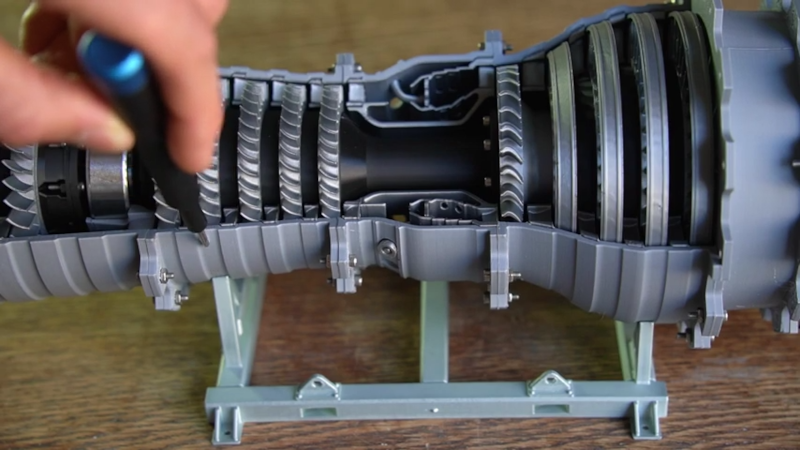
Printing a model jet engine is quite an accomplishment. But it wasn’t enough for [linus3d]. He wanted to redesign it to have a turbojet, an afterburner, and a variable exhaust nozzle. You can see how it all goes together in the video below.
This took months of work and it shows. This probably won’t make a good rainy-day weekend project. You do need a few ball bearings and some M2 hardware, but it is mostly 3D printed.
True turbojets are most often found on military planes. They are loud, don’t perform well at low speeds, and are generally not very efficient. A variation, the turbofan, is what you usually find on passenger jets. They are quieter and work better at low speeds, but have more parts and, thus, more maintenance.
Unlike a true turbojet, turbofan engines have a cold section and a hot section. The bypass ratio refers to how much air flows through the cold path relative to the amount flowing through the hot path. This cold air provides additional thrust, making the turbofan engine more efficient, especially at lower speeds. The reduced demand on the hot air thrust also reduces the amount of noise.
Plastic isn’t going to cut it for a real jet engine, although you can 3D print some parts of one. Bonus hacker cred if you build your jet engine by hand.
No comments:
Post a Comment